Home>Maintenance & Safety>Child & Elderly Safety at Home>How To Use A Booster Seat


Child & Elderly Safety at Home
How To Use A Booster Seat
Modified: March 2, 2024
Learn how to use a booster seat for child and elderly safety at home. Discover essential tips and guidelines for proper installation and usage.
(Many of the links in this article redirect to a specific reviewed product. Your purchase of these products through affiliate links helps to generate commission for Storables.com, at no extra cost. Learn more)
Introduction
Ensuring the safety of children in vehicles is a top priority for parents and caregivers. One crucial aspect of child safety in cars is the proper use of booster seats. These specially designed seats are essential for children who have outgrown their forward-facing car seats but are not yet ready for adult seat belts. By providing the necessary elevation, booster seats enable the seat belt to fit properly across the child's body, reducing the risk of injury in the event of a collision.
Understanding the importance of booster seats and how to use them correctly is vital for safeguarding children during car journeys. This comprehensive guide will walk you through the process of selecting, installing, and using a booster seat to ensure maximum safety for your child. Additionally, we will explore essential safety tips to keep in mind while using a booster seat, empowering you to make informed decisions and take proactive measures to protect your little ones on the road.
As we delve into the intricacies of booster seat usage, it's important to remember that the safety and well-being of children are non-negotiable. By familiarizing yourself with the best practices for using booster seats, you are not only complying with legal requirements but also demonstrating your commitment to providing a secure and comfortable travel experience for your child. Let's embark on this journey to learn about the proper use of booster seats and equip ourselves with the knowledge and skills necessary to keep our precious passengers safe on the road.
Key Takeaways:
- Choose the right booster seat based on your child’s age, height, and weight for maximum safety and comfort during car rides. Prioritize compliance with safety standards and consider durability and comfort when making your selection.
- Properly install and secure the booster seat in your vehicle, ensuring a stable fit. Adjust the seat belt to fit your child snugly and conduct regular safety checks to maintain effectiveness. Implement additional safety tips to create a secure travel environment for children.
Read more: How To Install A Booster Seat
Choosing the Right Booster Seat
Selecting the right booster seat for your child is a crucial decision that directly impacts their safety and comfort during car journeys. With a myriad of options available in the market, it's essential to consider several factors to ensure that you make an informed choice. Here's a comprehensive guide to help you navigate the process of choosing the right booster seat for your child:
Consider Your Child's Age, Height, and Weight
When choosing a booster seat, it's imperative to take into account your child's age, height, and weight. Different booster seats are designed for specific age groups and weight ranges, so it's essential to select one that aligns with your child's physical attributes. This ensures that the booster seat provides the necessary support and protection, allowing the seat belt to fit snugly across your child's body.
Evaluate the Type of Booster Seat
Booster seats come in two primary types: high-back boosters and backless boosters. High-back boosters are suitable for vehicles without headrests or for children who require additional head and neck support. On the other hand, backless boosters are ideal for cars with adequate head support and for older children who no longer need the extra headrest. Consider the design that best suits your vehicle and provides optimal comfort and safety for your child.
Check for Compliance with Safety Standards
Prioritize booster seats that meet or exceed safety standards set by regulatory authorities. Look for seats that are certified by recognized safety organizations, as this ensures that they have undergone rigorous testing for durability and crash protection. Choosing a booster seat that complies with safety standards provides peace of mind and reassurance regarding its reliability in safeguarding your child.
Read more: How To Anchor A Booster Seat
Assess Installation and Compatibility
Before making a purchase, consider the ease of installation and compatibility of the booster seat with your vehicle. Some booster seats feature convenient installation mechanisms, such as latch systems or adjustable tethers, which simplify the setup process. Additionally, ensure that the booster seat fits securely in your vehicle and complements its design to maximize safety and functionality.
Prioritize Comfort and Durability
While safety is paramount, considering the comfort and durability of the booster seat is equally important. Look for seats with adequate padding, adjustable headrests, and breathable fabric to enhance your child's comfort during car rides. Furthermore, prioritize durable materials and robust construction to ensure the longevity and reliability of the booster seat.
By carefully considering these factors, you can make an informed decision when choosing the right booster seat for your child. Prioritizing safety, comfort, and compliance with standards will enable you to select a booster seat that provides optimal protection and enhances the overall travel experience for your child.
Installing the Booster Seat
Proper installation of a booster seat is paramount to ensure its effectiveness in safeguarding your child during car journeys. The following step-by-step guide will walk you through the process of installing a booster seat in your vehicle, providing you with the knowledge and confidence to secure the seat correctly.
-
Select the Appropriate Seating Position: Before installing the booster seat, carefully choose the seating position in your vehicle. It is recommended to place the booster seat in the back seat, preferably in the middle, as it is the safest location, furthest away from potential impact points.
-
Review the Vehicle Manual: Familiarize yourself with the vehicle's manual to understand specific instructions and guidelines related to booster seat installation. Some vehicles may have unique features or requirements that influence the installation process.
-
Position the Booster Seat: Place the booster seat on the vehicle seat, ensuring that it rests firmly against the backrest. If using a backless booster, position it in a way that aligns with the vehicle's headrest for added stability.
-
Secure the Booster Seat: Utilize the vehicle's seat belt to secure the booster seat in place. Thread the seat belt through the designated belt path on the booster seat and buckle it securely. Ensure that the seat belt lies flat and untwisted, with minimal slack.
-
Check for Stability: Once the booster seat is secured with the seat belt, exert firm pressure on the seat and attempt to wiggle it. The seat should remain stable and not shift more than an inch in any direction. If the booster seat moves excessively, readjust the seat belt and repeat the securing process.
-
Verify Proper Alignment: Confirm that the booster seat is positioned in an upright and level manner. The backrest of the booster seat should align with the vehicle's seat back, and the seat itself should be parallel to the vehicle seat.
-
Test for Secure Fit: After installation, have your child sit in the booster seat and fasten the seat belt. Ensure that the seat belt fits snugly across your child's shoulder and lap, without any twists or entanglements. The shoulder belt should rest comfortably across the chest, and the lap belt should lie low across the hips, not the stomach.
By following these installation steps meticulously, you can effectively install a booster seat in your vehicle, providing your child with a secure and stable seating arrangement. Proper installation is a fundamental aspect of maximizing the safety benefits of a booster seat, and by adhering to these guidelines, you can ensure that your child travels in a protected and comfortable environment.
Securing the Child in the Booster Seat
Securing your child properly in the booster seat is as crucial as installing the seat itself. By following the correct procedures, you can ensure that your child is positioned securely and comfortably, maximizing the safety benefits of the booster seat. Here's a detailed guide on how to secure your child in the booster seat:
Read more: How To Remove A Booster Seat
Positioning the Child
Before securing your child, ensure that the booster seat is placed in the appropriate position within the vehicle, following the installation guidelines provided earlier. Once the booster seat is correctly installed, have your child sit in the seat, facing forward. Position your child so that their back is flush against the booster seat's backrest, and their bottom is nestled comfortably in the seat.
Adjusting the Seat Belt
The next step involves adjusting the vehicle's seat belt to fit your child properly. Ensure that the lap belt lies low across your child's hips, touching the upper thighs, and not the stomach. The shoulder belt should rest comfortably across the chest and collarbone, avoiding contact with the neck or face. It's essential to adjust the seat belt to achieve a snug and secure fit without causing discomfort to your child.
Proper Belt Positioning
Verify that the seat belt is positioned correctly over your child's body. The shoulder belt should cross the chest and collarbone without cutting into the neck, while the lap belt should lie flat across the upper thighs, distributing the force of impact evenly in the event of a collision. Avoid tucking the shoulder belt under the child's arm or behind their back, as this can lead to improper positioning and reduced effectiveness in restraining your child during sudden stops or accidents.
Checking for Comfort and Freedom of Movement
Once the seat belt is adjusted, ensure that your child is comfortable and has the freedom to move naturally within the booster seat. The seat belt should not cause any discomfort or restrict your child's movements. Encourage your child to sit upright and avoid slouching or leaning out of the booster seat during the journey, as maintaining the correct posture enhances the seat belt's protective capabilities.
Read more: How To Turn A Car Seat Into A Booster Seat
Regular Safety Checks
Periodically inspect the positioning and fit of the seat belt during car rides to ensure that it remains secure and properly aligned. Children may inadvertently adjust the seat belt or shift their position, necessitating occasional readjustments to maintain optimal safety. By conducting regular safety checks, you can uphold the effectiveness of the booster seat and provide continuous protection for your child throughout the journey.
By following these steps, you can effectively secure your child in the booster seat, ensuring their safety and comfort during car rides. Proper positioning and adjustment of the seat belt are essential in maximizing the protective benefits of the booster seat, allowing your child to travel securely and confidently.
Safety Tips for Using a Booster Seat
Ensuring the optimal safety and well-being of children during car journeys goes beyond the correct installation and use of booster seats. Implementing additional safety measures and adhering to best practices further enhances the protective environment for young passengers. Here are essential safety tips to consider when using a booster seat:
Regular Safety Inspections
Periodically inspect the booster seat to ensure that it remains in optimal condition. Check for any signs of wear and tear, including fraying of straps, loose buckles, or damaged padding. Additionally, verify that the booster seat is securely anchored to the vehicle seat and that the seat belt functions correctly. Regular inspections help identify and address any potential safety concerns, ensuring that the booster seat continues to provide reliable protection for your child.
Age-Appropriate Usage
Adhere to the recommended age guidelines for booster seat usage. Transitioning a child to a booster seat prematurely can compromise their safety, as the seat belt may not fit them correctly. Conversely, delaying the transition to a booster seat when the child has outgrown their forward-facing car seat can also pose risks. Following age-appropriate usage guidelines ensures that the child benefits from the optimal protection and support provided by the booster seat.
Read more: What Is A Booster Seat
Avoid Bulky Clothing
Encourage children to avoid wearing bulky clothing, such as puffy jackets or snowsuits, while seated in a booster seat. Bulky clothing can create a gap between the child and the seat belt, reducing the effectiveness of the restraint system. Instead, dress children in thinner layers and use blankets or coats over the secured seat belt to keep them warm during colder weather. This practice ensures that the seat belt fits snugly across the child's body, maintaining its protective capabilities.
Educate Child Passengers
Teach children about the importance of sitting properly in the booster seat and wearing the seat belt correctly. Emphasize the significance of staying seated and avoiding unnecessary movements during car rides. Educating child passengers about these safety practices instills a sense of responsibility and awareness, fostering a cooperative approach to ensuring their own safety and well-being.
Avoid Using Add-On Accessories
Refrain from using additional accessories or products that are not approved for use with the booster seat. This includes aftermarket padding, strap covers, or attachments that have not been specifically designed or tested for compatibility with the booster seat. Using unapproved accessories can compromise the integrity of the seat's design and functionality, potentially diminishing its protective capabilities.
Lead by Example
As a parent or caregiver, lead by example by consistently wearing your seat belt and adhering to safe driving practices. Children are highly observant and tend to emulate the behaviors they witness. By demonstrating a commitment to safety and responsible driving habits, you instill valuable lessons that reinforce the importance of using booster seats and seat belts for protection.
By integrating these safety tips into your routine, you can create a secure and supportive environment for children using booster seats. These proactive measures complement the fundamental aspects of booster seat usage, contributing to a comprehensive approach to child safety in vehicles.
Read more: What Are The Requirements For A Booster Seat
Conclusion
In conclusion, the proper use of booster seats is a fundamental aspect of ensuring the safety and well-being of children during car journeys. By selecting the right booster seat based on the child's age, height, and weight, caregivers can provide optimal protection and comfort. Prioritizing compliance with safety standards, evaluating installation compatibility, and considering durability and comfort further enhance the suitability of the chosen booster seat.
The installation process plays a pivotal role in maximizing the safety benefits of a booster seat. By following the step-by-step guidelines for securing the booster seat in the appropriate seating position and ensuring a stable and secure fit, caregivers can create a protective environment for their child. Additionally, securing the child properly in the booster seat, adjusting the seat belt for a snug fit, and conducting regular safety checks contribute to maintaining the effectiveness of the booster seat.
Furthermore, implementing essential safety tips, such as regular safety inspections, age-appropriate usage, and educating child passengers, adds an extra layer of protection and awareness. By avoiding bulky clothing, refraining from using unapproved accessories, and leading by example, caregivers can foster a culture of safety and responsibility, promoting a secure travel experience for children using booster seats.
In essence, the proper use of booster seats is not only a legal requirement but also a moral obligation to prioritize the safety of young passengers. By equipping caregivers with the knowledge and best practices for using booster seats, this comprehensive guide aims to empower them to make informed decisions and take proactive measures to safeguard their children on the road. Ultimately, the conscientious use of booster seats contributes to creating a secure and nurturing environment, allowing children to embark on car journeys with confidence and peace of mind.
Frequently Asked Questions about How To Use A Booster Seat
Was this page helpful?
At Storables.com, we guarantee accurate and reliable information. Our content, validated by Expert Board Contributors, is crafted following stringent Editorial Policies. We're committed to providing you with well-researched, expert-backed insights for all your informational needs.
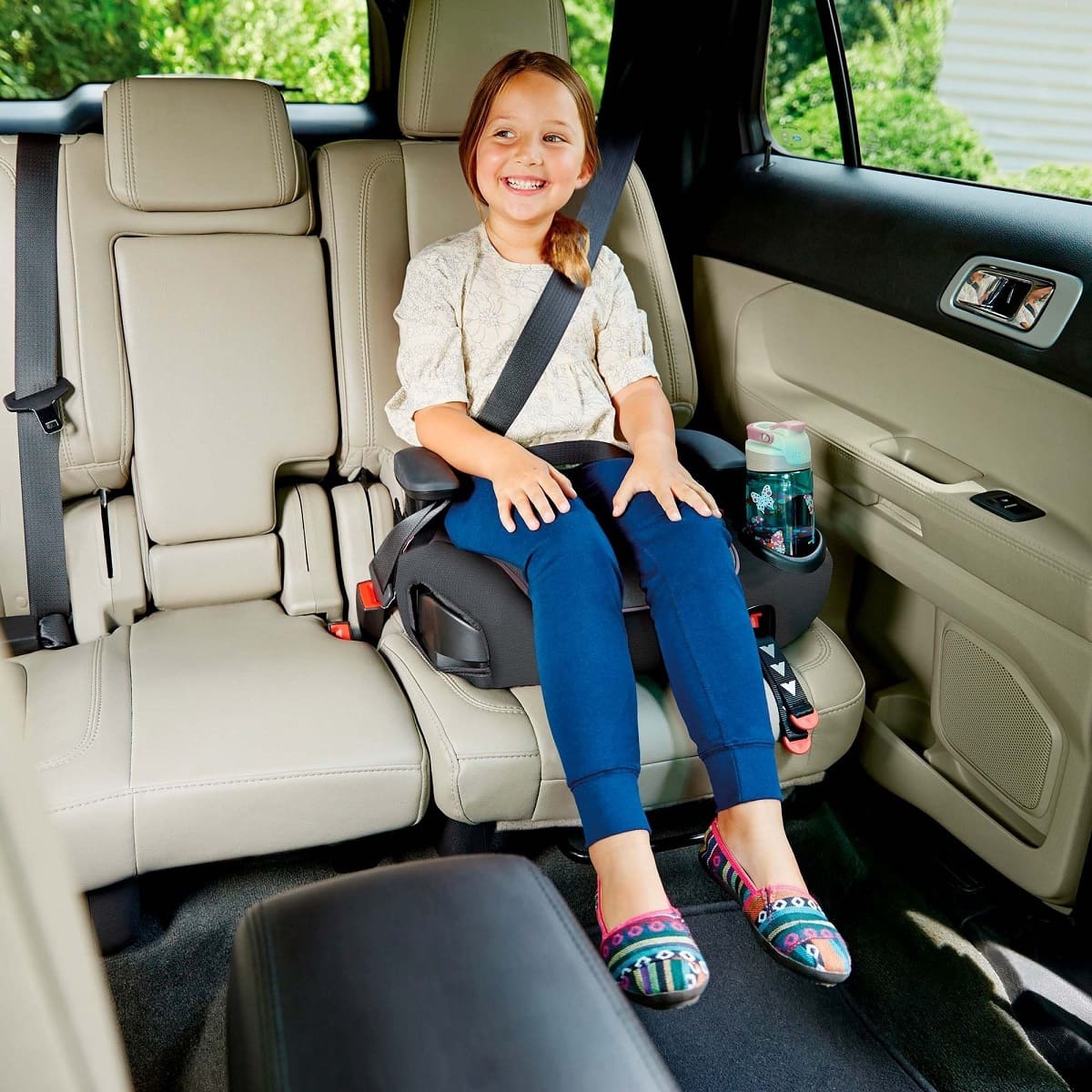

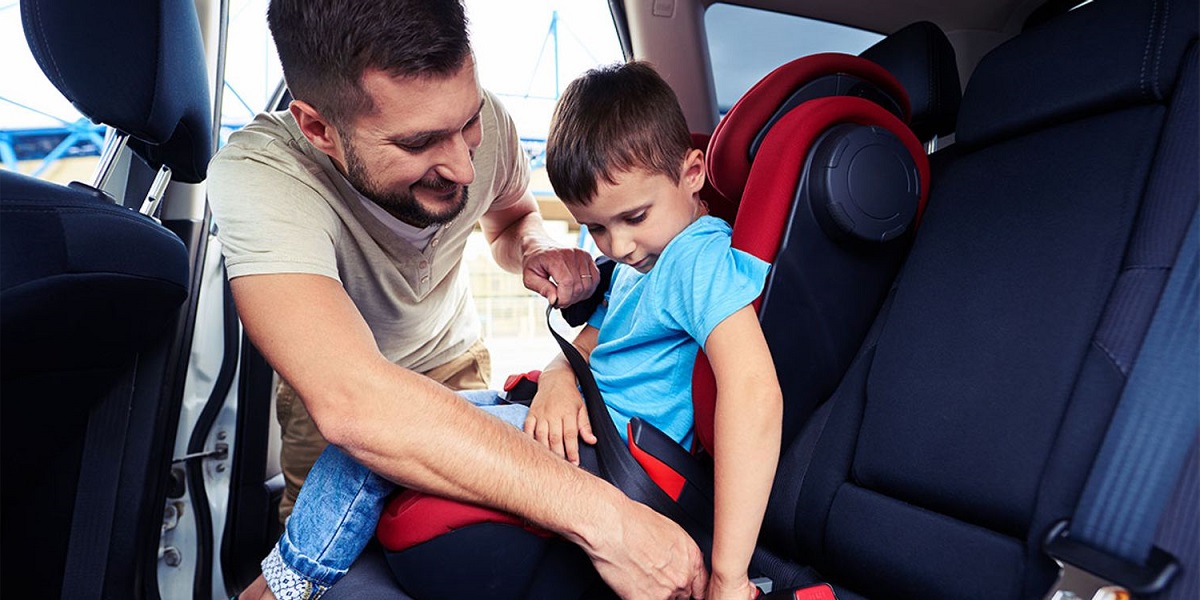

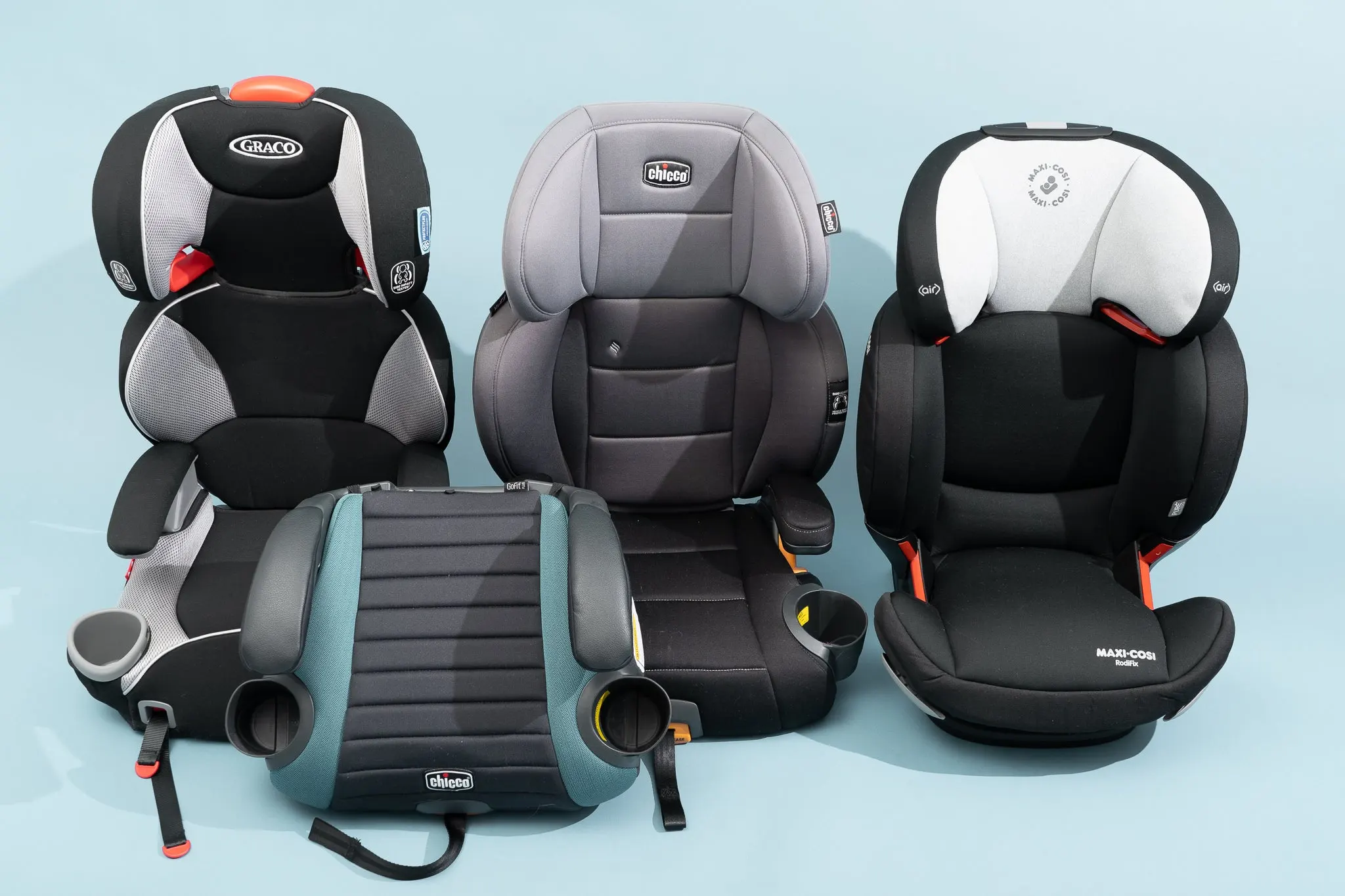
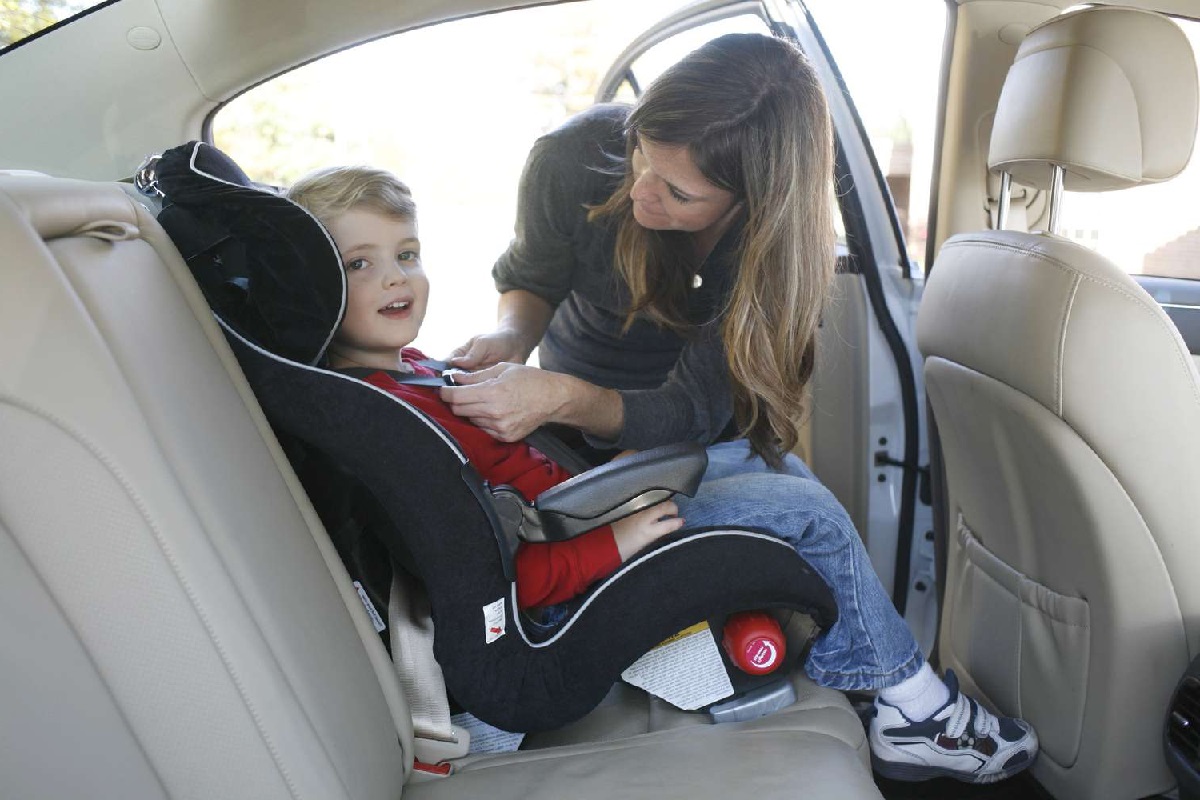


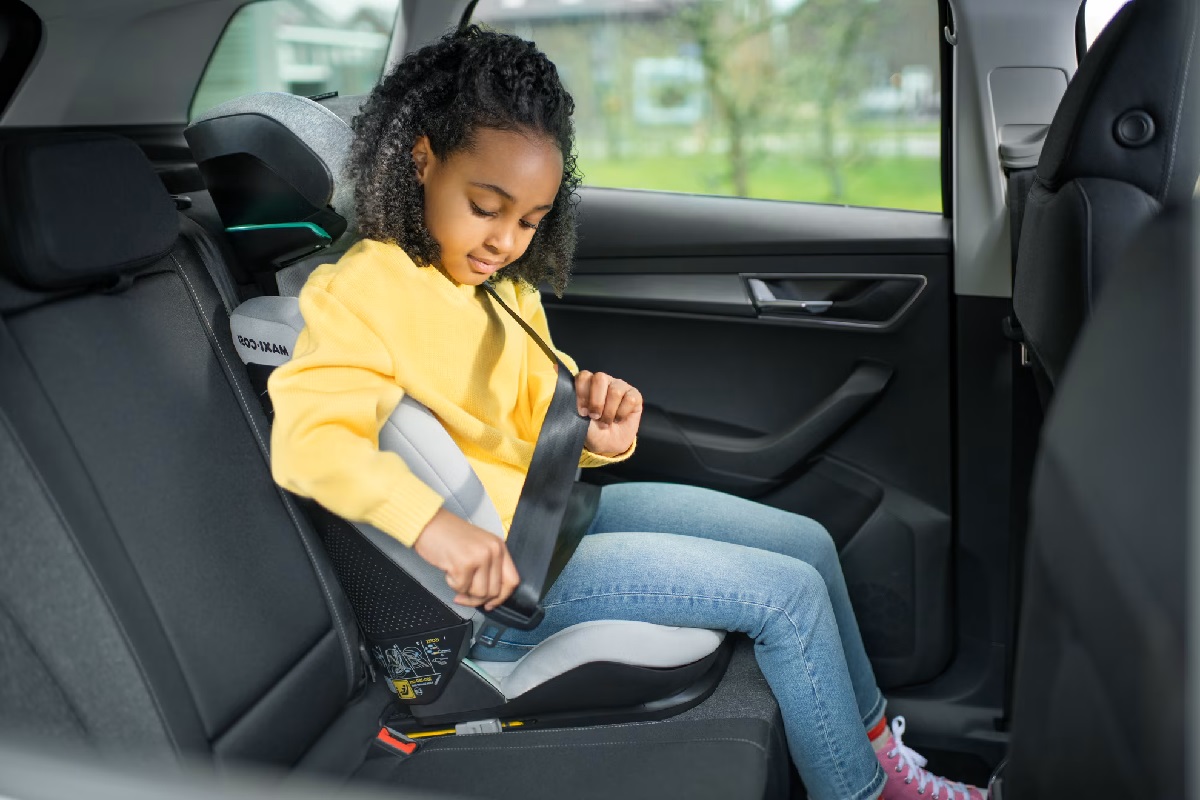
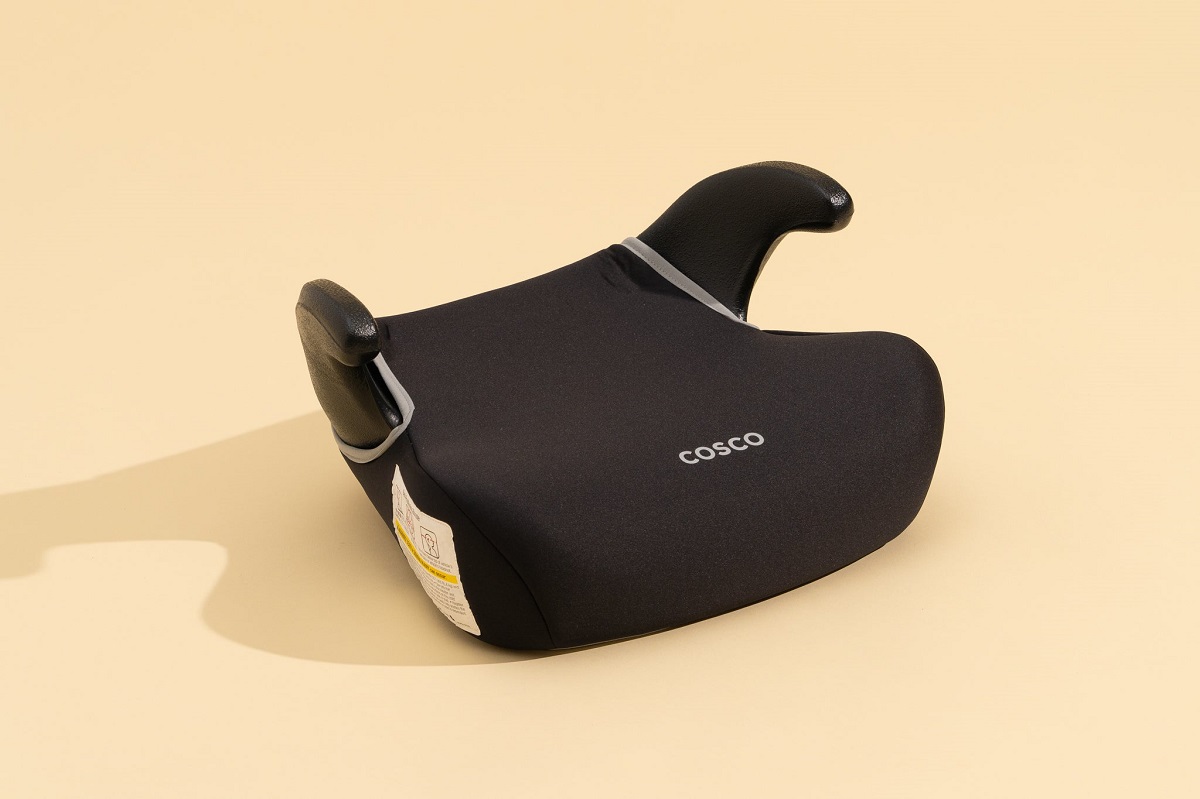

0 thoughts on “How To Use A Booster Seat”